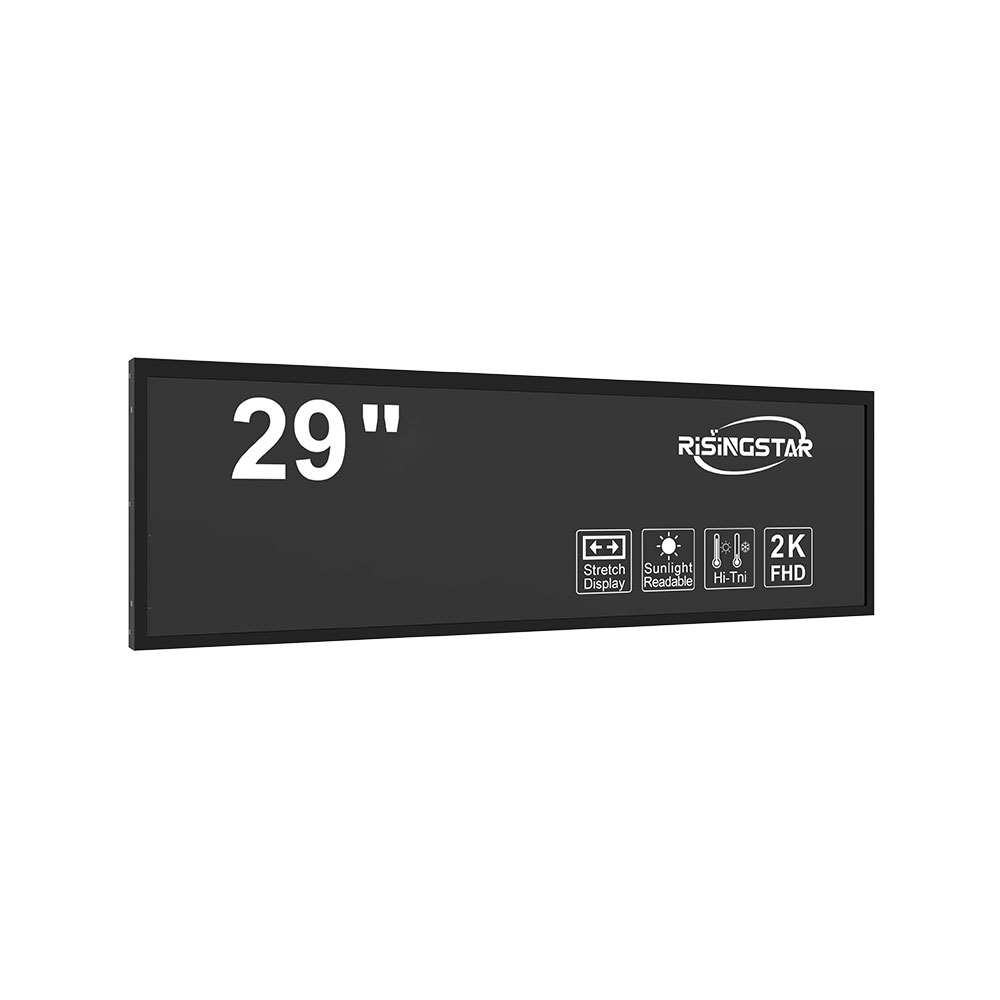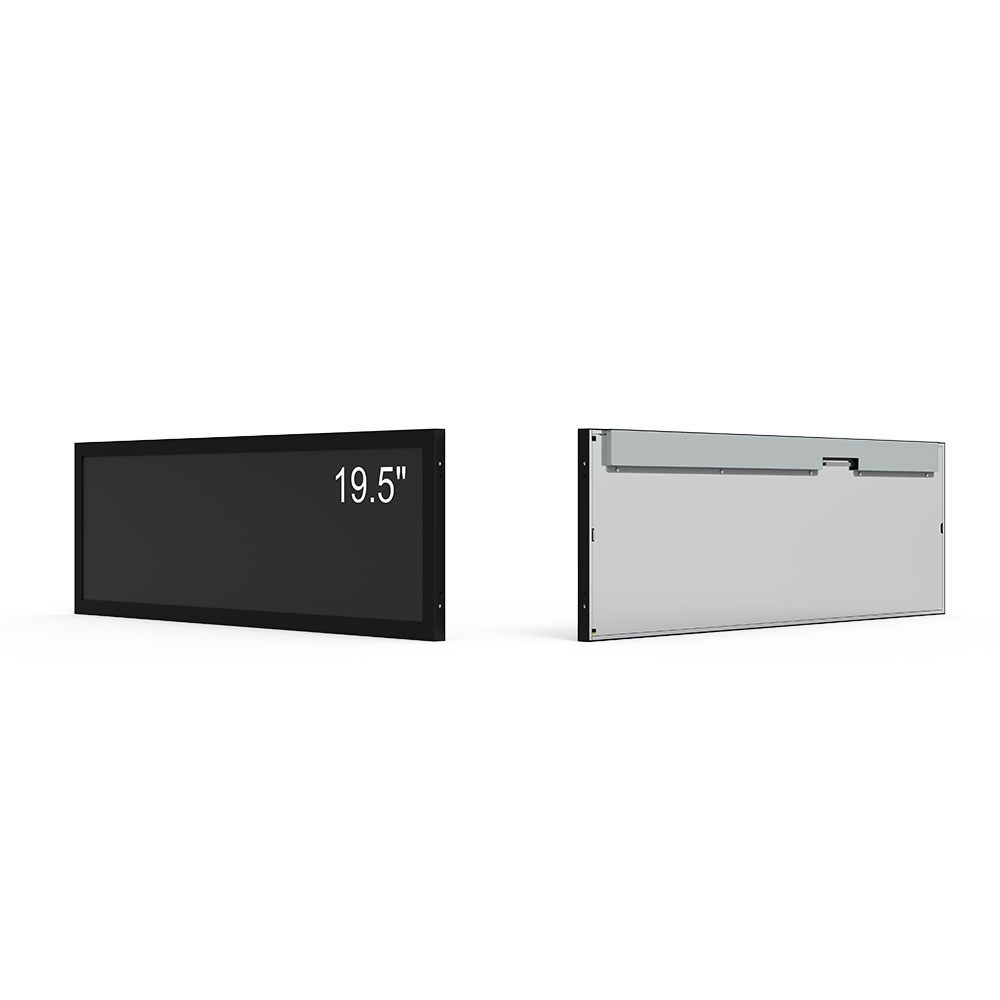- Home
- About Us
- Products
- News
- Video
- Contact
- Send Inquiry
Search
- Home
- About Us
- Products
- News
- Video
- Contact
- Send Inquiry

Outdoor LCD screens have become a critical component in modern digital signage, advertising, transportation systems, and public information displays. With advancements in brightness, durability, and energy efficiency, these screens are now deployed in diverse environments—from bustling city centers to remote industrial sites. According to Statista (2023), the global outdoor digital signage market is projected to exceed $45 billion by 2027, driven by increasing demand for real-time information and targeted advertising in public spaces.
One of the most practical applications of outdoor LCD screens is in retail environments. Major chains like McDonald’s and Starbucks use high-brightness LCDs in drive-thru kiosks and storefronts to display dynamic menus, promotions, and location-based offers. These screens typically operate at 5,000 to 10,000 nits of brightness—far exceeding standard indoor displays—to ensure visibility under direct sunlight. Another growing sector is smart cities, where outdoor LCDs serve as interactive maps, emergency alerts, and traffic updates. For example, Singapore’s Smart Nation Initiative has integrated outdoor LCD panels across bus stops and pedestrian zones to improve citizen engagement and reduce response times during crises.
The advantages of outdoor LCD technology are significant. First, they offer superior image quality even in extreme lighting conditions thanks to advanced LED backlighting and anti-glare coatings. Second, modern units are built with IP65 or higher ingress protection ratings, making them resistant to dust, rain, and temperature extremes ranging from -30°C to +60°C. Third, power-efficient designs using OLED and mini-LED technologies reduce operational costs—some models consume up to 30% less energy than older LCD variants. According to a 2022 study published in IEEE Transactions on Consumer Electronics, energy savings from adaptive brightness control alone can extend screen lifespan by over 25%.

However, common problems persist. One major issue is thermal management—heat buildup inside sealed enclosures can cause pixel degradation or premature failure. Engineers often address this through passive cooling systems (e.g., heat sinks) or active solutions like fans and liquid cooling, especially in tropical climates. Another challenge is glare reflection, which reduces readability in sunny environments. Anti-reflective coatings and polarization filters help mitigate this, but optimal performance still depends on proper installation angles and ambient light sensors. Additionally, vandalism remains a concern in high-risk urban areas; many installations now incorporate vandal-proof glass and tamper-resistant mounting brackets.

Looking ahead, several trends are shaping the future of outdoor LCD screens. The integration of AI-driven content management systems allows for real-time personalization based on weather, time of day, or crowd density. For instance, a screen near a train station might automatically switch to emergency bulletins during a storm. Another emerging trend is the use of flexible OLED displays for curved architectural installations—such as stadium scoreboards or building facades—which offer better visual immersion. Furthermore, 5G-enabled outdoor screens enable seamless cloud connectivity for instant updates without relying on local servers, enhancing scalability for large-scale deployments.
In summary, outdoor LCD screens represent a convergence of hardware innovation, environmental resilience, and smart software integration. Their versatility across industries—from retail to public infrastructure—makes them indispensable in today’s connected world. As technology continues to evolve, manufacturers must prioritize not only brightness and durability but also sustainability, user safety, and intelligent automation to meet rising global standards.